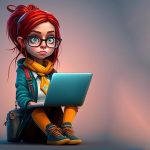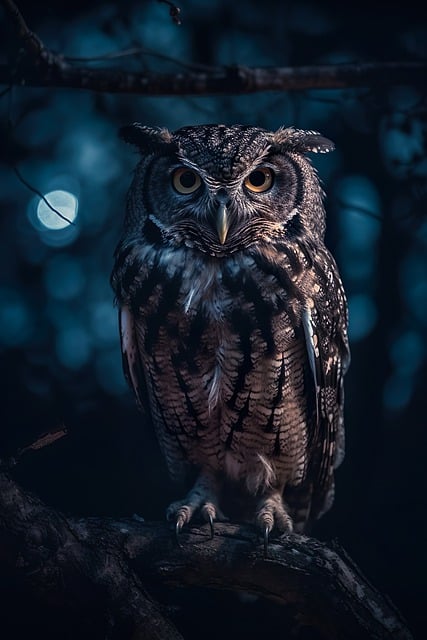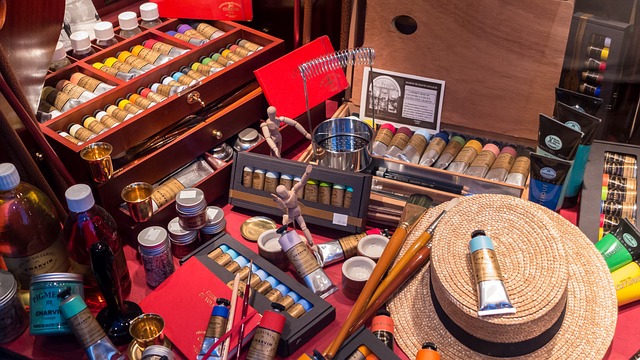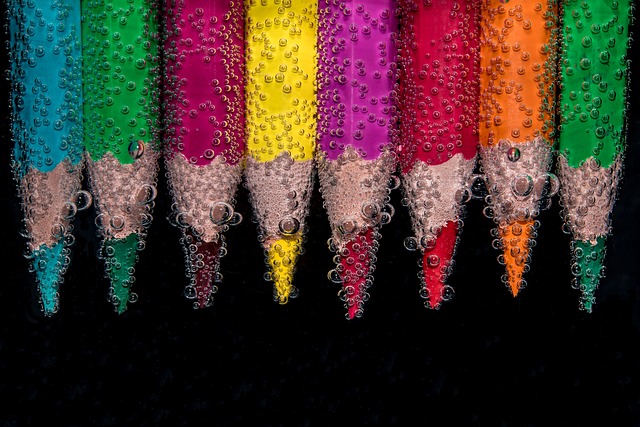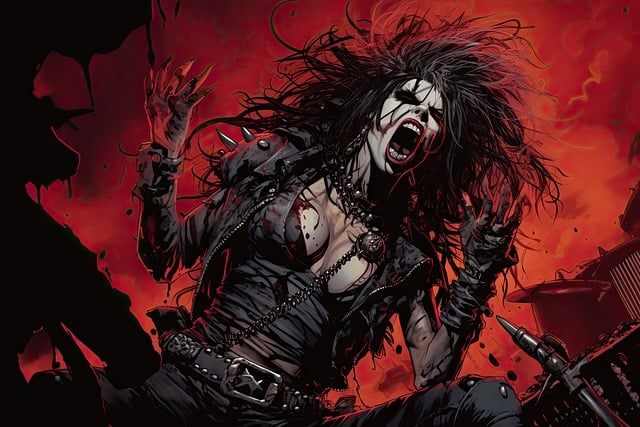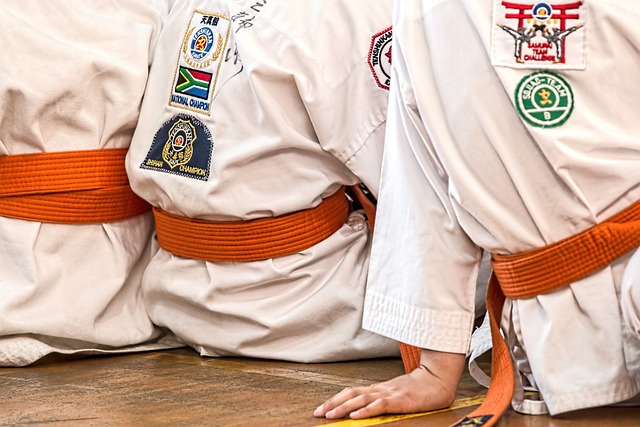Section 1: The Rise of AI Art
Artificial Intelligence (AI) has been revolutionizing various industries, from healthcare to transportation. However, one field that has seen a significant impact from AI is the world of art. In recent years, AI-generated art has gained recognition and popularity, with pieces selling for thousands of dollars at auctions. While the use of AI in visual arts has been widely discussed, its impact on writing and literature has been a topic of debate. Can machines truly create art? How does AI art affect the creativity of writers? In this article, we will explore the world of AI art and its impact on writing.
Section 2: Understanding AI Art
Before delving into the impact of AI art on writing, it is essential to understand what it is and how it works. AI art is created using algorithms and machine learning techniques that enable computers to generate original pieces of art. These algorithms are trained on vast amounts of data, such as images, texts, and music, to learn patterns and create new content. The result is an artwork that is unique and often indistinguishable from human-created art. AI art can take various forms, including paintings, music, and even writing.
One of the most famous examples of AI-generated writing is “The Day a Computer Writes a Novel,” a short story written by a Japanese AI program called AI-Writer. The story was selected as a finalist for the Hoshi Shinichi Literary Award, a prestigious Japanese literary award. This achievement sparked a debate among writers and literary critics about the role of AI in the creative process.
Section 3: The Impact of AI Art on Writing
The emergence of AI art has raised questions about the role of human creativity in the artistic process. Can a machine truly create something original and meaningful? While some argue that AI-generated art lacks the emotional depth and human touch of traditional art, others believe that it opens up new possibilities for creativity.
One of the significant impacts of AI art on writing is the potential for collaboration between humans and machines. AI can assist writers in generating ideas and even co-authoring pieces. For instance, OpenAI’s GPT-3 language model has been used to co-write articles for major publications, such as The Guardian and The New York Times. This collaboration between human writers and AI can lead to innovative and thought-provoking pieces that may not have been possible without the use of technology.
Moreover, AI art can also serve as a source of inspiration for writers. By analyzing vast amounts of data, AI algorithms can identify patterns and trends, providing writers with new ideas and perspectives. This can be particularly useful for writers who may be struggling with writer’s block or looking to explore new genres and styles. AI-generated art can also challenge writers to push the boundaries of their creativity and come up with unique and original pieces.
However, one of the concerns surrounding AI art is the potential threat to the creative industry. As AI technology continues to advance, there is a fear that it may replace human writers and artists, leading to job losses. While this is a valid concern, it is essential to remember that AI is a tool and not a replacement for human creativity. AI-generated art still requires human input, whether it is in the form of data input or programming the algorithms. Therefore, it is crucial for writers and artists to embrace AI as a tool to enhance their creativity rather than a threat to their livelihood.
Section 4: The Future of AI Art and Writing
The use of AI in art and writing is still in its early stages, and there is no doubt that it will continue to evolve and impact the creative industry in the future. As AI technology becomes more advanced, we can expect to see more sophisticated and complex pieces of AI-generated art. This could lead to a blurring of lines between human-created and AI-generated art, challenging traditional notions of what art is.
In terms of writing, AI could potentially assist writers in the editing and publishing process. For example, AI algorithms can analyze a writer’s style and provide suggestions for improvement, making the editing process more efficient. AI could also help writers in self-publishing, as algorithms can analyze market trends and provide insights on what type of content is in demand.
However, it is crucial to remember that AI is not a replacement for human creativity. The human touch and emotions are what make art and writing unique and meaningful. As AI art continues to evolve, it is essential to embrace it as a tool to enhance creativity rather than a replacement for it.
Conclusion:
In conclusion, AI art has undoubtedly revolutionized the world of creativity, with its impact being felt in various industries, including writing. While there are concerns about the role of AI in the creative process, it is essential to remember that it is a tool that can enhance and inspire human creativity. As technology continues to advance, it is crucial for writers and artists to embrace AI and explore its potential to push the boundaries of their creativity. The future of AI art and writing is exciting, and we can expect to see even more groundbreaking and thought-provoking pieces in the years to come.



